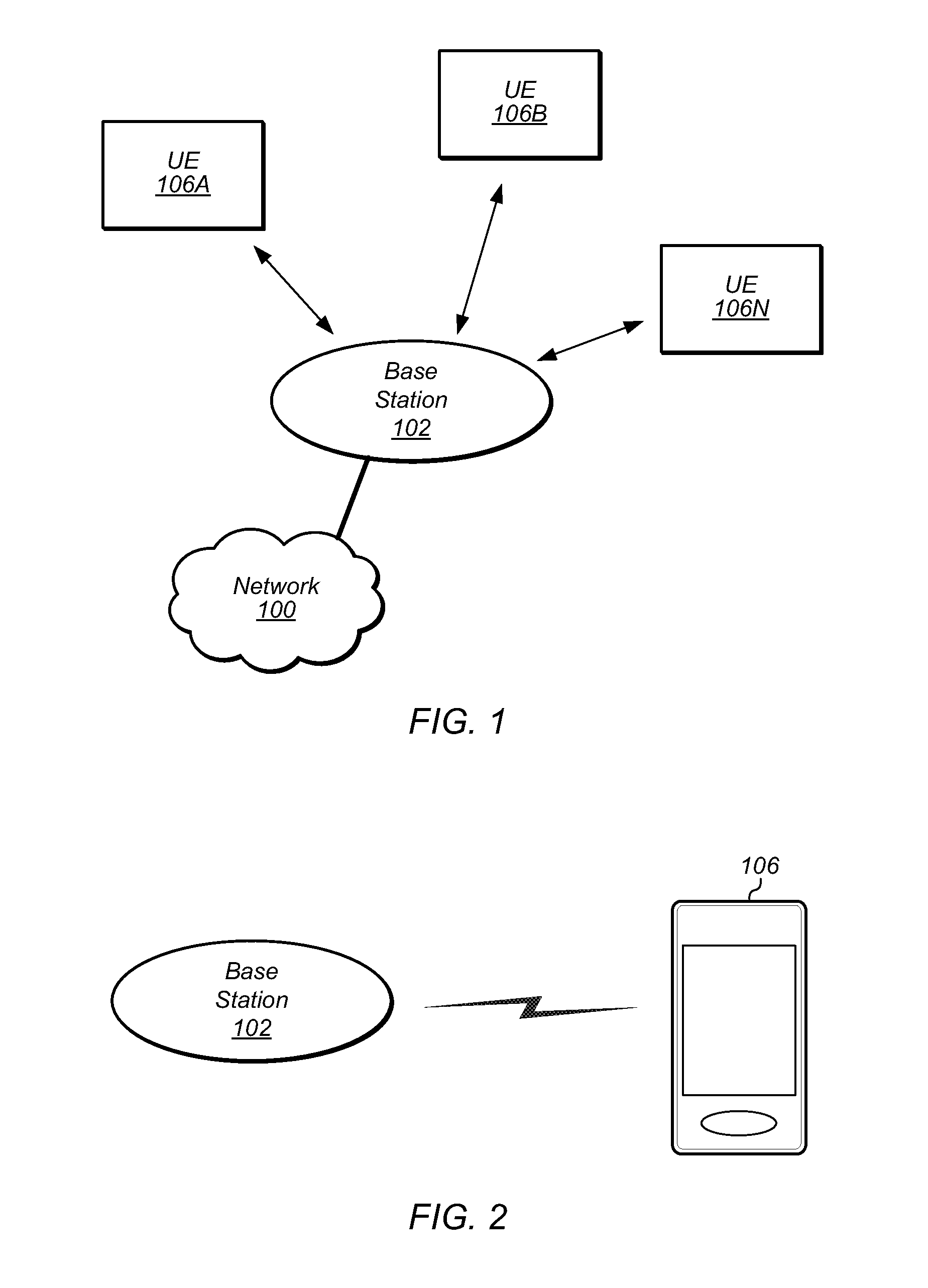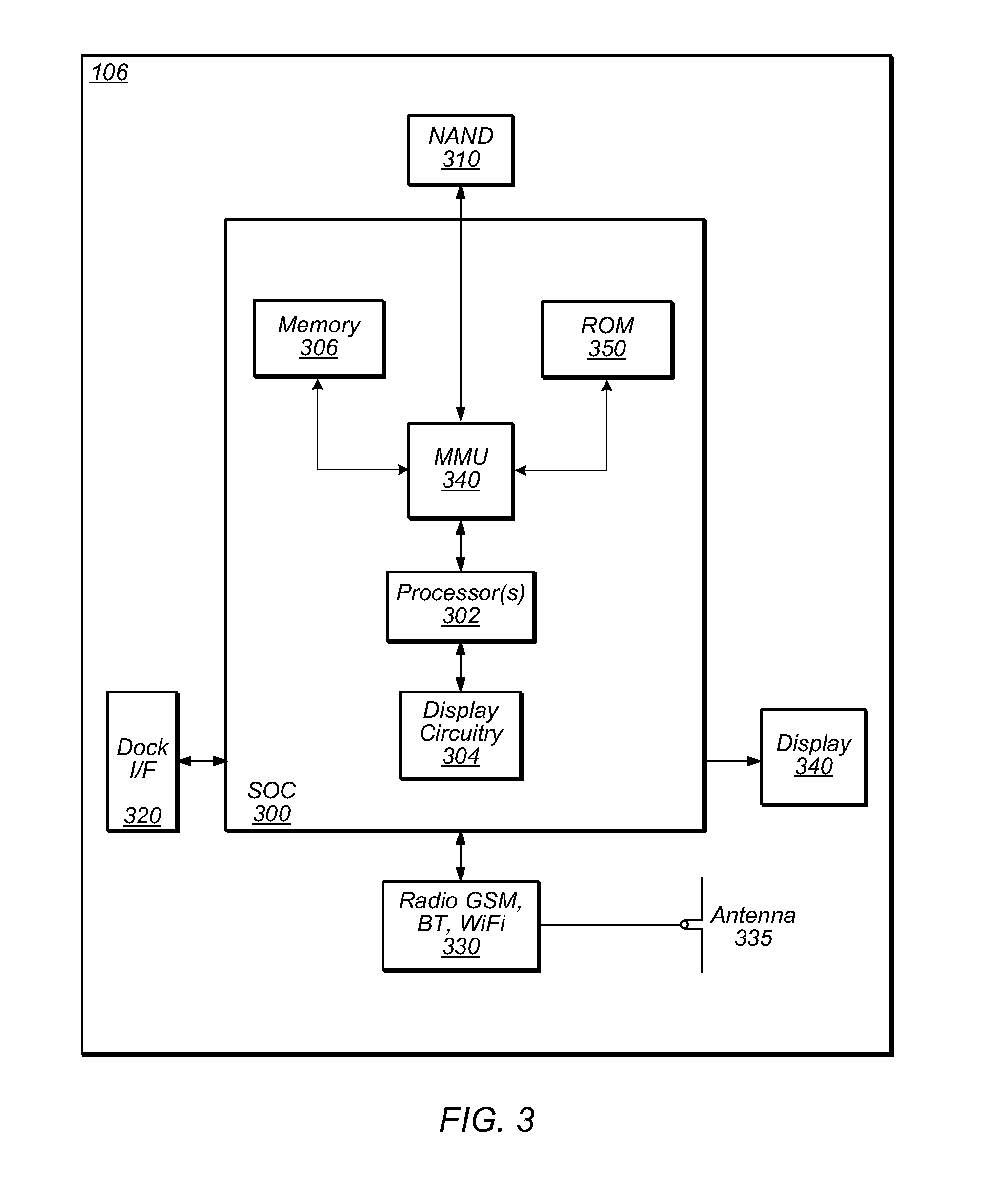Synchronizing uplink and downlink transmissions in a wireless device
a wireless device and transmission technology, applied in the field of wireless devices, can solve the problems of reducing power savings, affecting the battery life of wireless devices, and preventing wireless devices from entering a reduced power state, so as to reduce the battery consumption of wireless devices, and avoid ill conditions
- Summary
- Abstract
- Description
- Claims
- Application Information
AI Technical Summary
Benefits of technology
Problems solved by technology
Method used
Image
Examples
Embodiment Construction
Acronyms
[0020]The following acronyms are used in the present patent application:
[0021]UE: User Equipment
[0022]BS: Base Station
[0023]GSM: Global System for Mobile Communication
[0024]UMTS: Universal Mobile Telecommunication System
[0025]LTE: Long Term Evolution
[0026]PDCCH: Physical Downlink Control Channel
[0027]PUCCH: Physical Uplink Control Channel
[0028]PDSCH: Physical Downlink Shared Channel
[0029]PUSCH: Physical Uplink Shared Channel
Terms
[0030]The following is a glossary of terms used in the present application:
[0031]Memory Medium—Any of various types of memory devices or storage devices. The term “memory medium” is intended to include an installation medium, e.g., a CD-ROM, floppy disks, or tape device; a computer system memory or random access memory such as DRAM, DDR RAM, SRAM, EDO RAM, Rambus RAM, etc.; a non-volatile memory such as a Flash, magnetic media, e.g., a hard drive, or optical storage; registers, or other similar types of memory elements, etc. The memory medium may com...
PUM
 Login to View More
Login to View More Abstract
Description
Claims
Application Information
 Login to View More
Login to View More - R&D
- Intellectual Property
- Life Sciences
- Materials
- Tech Scout
- Unparalleled Data Quality
- Higher Quality Content
- 60% Fewer Hallucinations
Browse by: Latest US Patents, China's latest patents, Technical Efficacy Thesaurus, Application Domain, Technology Topic, Popular Technical Reports.
© 2025 PatSnap. All rights reserved.Legal|Privacy policy|Modern Slavery Act Transparency Statement|Sitemap|About US| Contact US: help@patsnap.com



